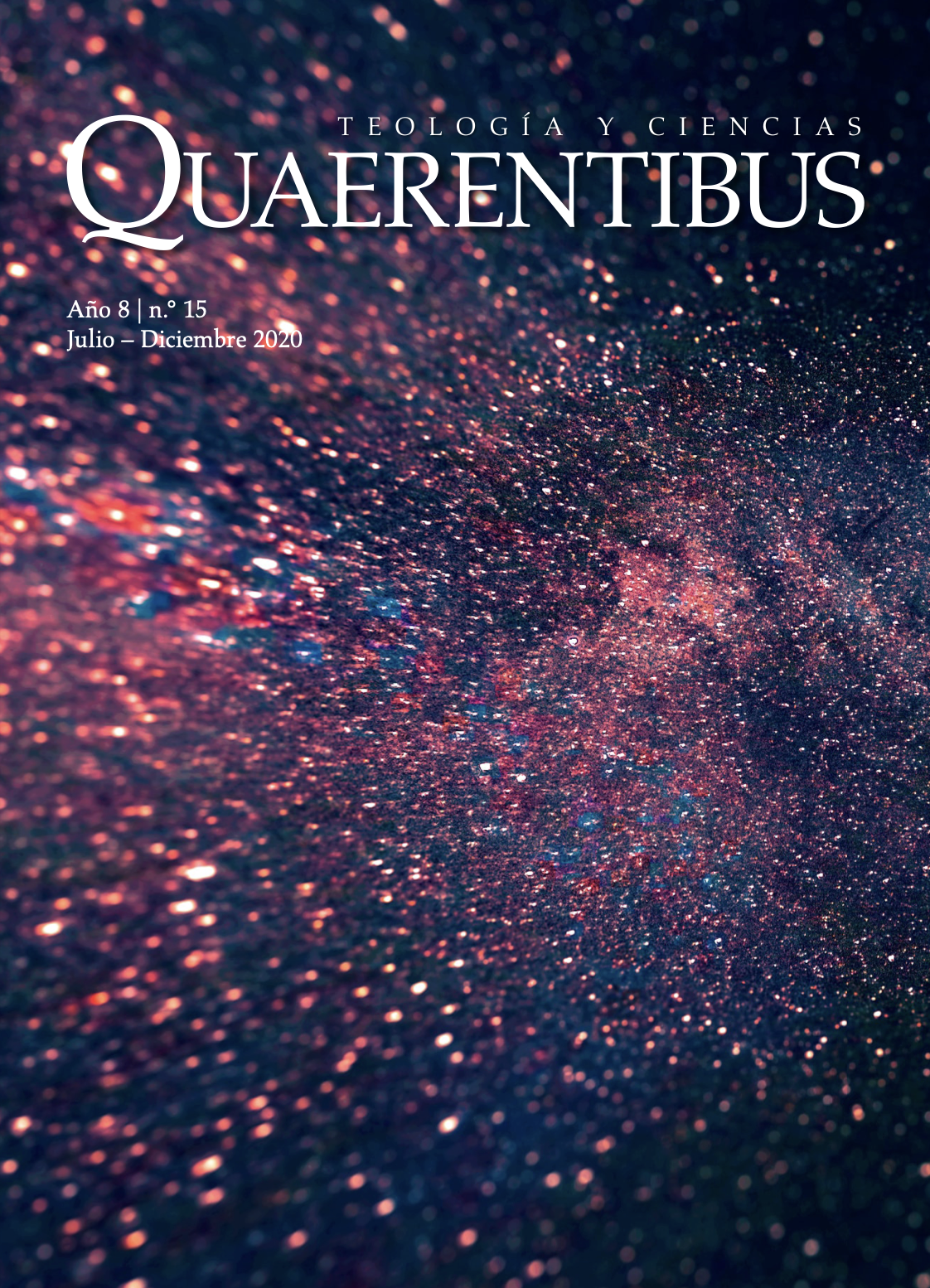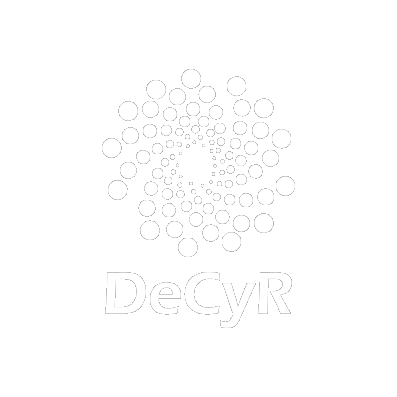De la ciencia de la complejidad al amor de Jesús
Keywords:
Jesus Christ, science and faith, complexity, turbulence, fractals, chaos, power-laws, self-organized criticality, Gaussian bell, imbalances, inequalities, violence, wars, hell, repentance, equilibrium, root, transfor- mation, purgatory, plenitude, beauty, heaven, shroud of Turin, Y = X, simplicity, loveAbstract
The last decades have witnessed the development of a collection of ideas aimed at understanding and predicting the fragmentation induced by natural complexity. Among them there are the use of: (a) multiplicative cascades to model the turbulence caused by the power of the air; (b) chains of bifurcations to describe the orderly tran- sitions and the eventual chaos produced by progressively heating a fluid; (c) processes having critical states to represent the ubiquitous power-laws present in natural violence; and (d) fractal transformations to reproduce the complex geometries seen in nature without invoking the concept of chance. This work reveals how such notions give rise to an impartial and coherent framework that allows us to visualize the dynamics and consequen- ces of the divisive traits ever-present in humanity---including the essential options of order and disorder, love and indifference, and peace and anxiety that we all confront in our lives. Using such a referential framework and emphasizing the wickedness of the repetitively disintegrated and complex, the work explains how the ideas define a consistent bridge towards the redeeming love of Jesus Christ, and only towards his, in which “simpli- city” specify the unique proper and saintly way for all, one that can only be achieved in “the root,” in what is “straight,” in “the origin,” and in “the positive,” satisfying, in the same spirit of the calls to conversion by John the Baptist, various geometric adages such as “fill the valleys and cut the mountains,” “come down the chaotic tree,” “may zero be your power,” and “let your transformation be fully positive,” which reflect the vital love to God and one another. Once the bridge between science and the Catholic faith is established, this work explains the relation that such ideas have with some symbols recently discovered in the Holy Shroud of Turin.




